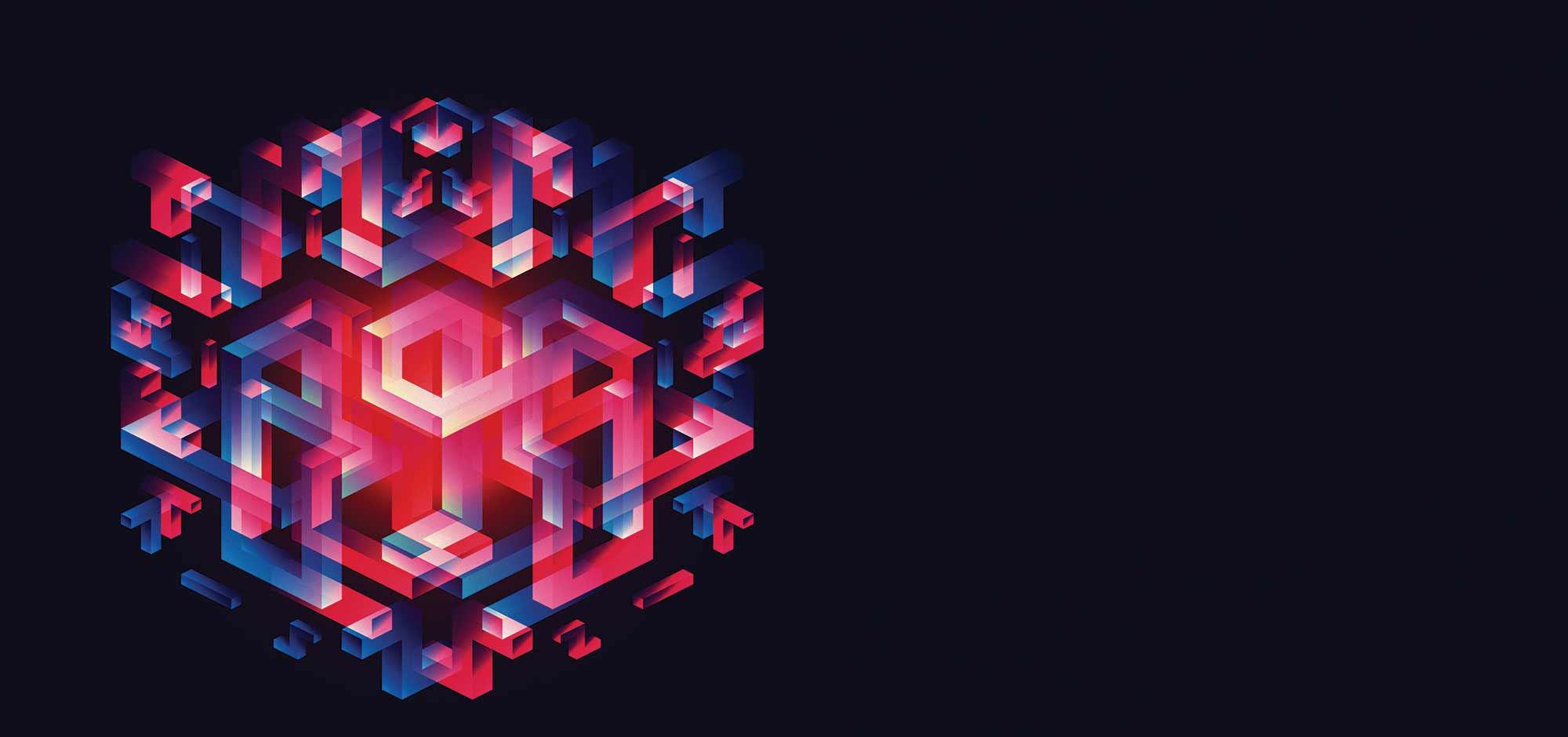How Blockchain Revolutionizes Qualification Verification: Ensuring Authentic Credentials
in today’s digital age, verifying educational qualifications, professional certifications, and other credentials is becoming more crucial—and more challenging—than ever before. Fake diplomas, forged certificates, and misleading resumes not only undermine trust but also put organizations at legal and reputational risk. Enter blockchain technology,a revolutionary solution that is transforming the process of qualification verification and making credential authenticity verifiable,secure,and seamless.
what Is Blockchain Qualification verification?
blockchain is a decentralized digital ledger that records transactions in an immutable, tamper-proof manner. Applying blockchain to qualification verification means that credentials—such as degrees, certifications, and professional licenses—can be securely issued, stored, and verified online with unparalleled reliability.
- Decentralized Trust: Eliminate the need for intermediaries by directly verifying credentials via blockchain.
- Immutable Records: credentials stored on blockchain can’t be altered or deleted.
- Global Accessibility: employers, educators, and recruiters can instantly verify qualifications from anywhere.
Why Traditional Credential Verification Falls Short
Traditional qualification verification typically involves phone calls, paperwork, and trusting third-party databases. These processes are time-intensive, prone to human error, easily manipulated, and often lack transparency.With rising incidents of credential fraud, institutions and employers are seeking robust solutions to authenticate claims reliably.
- Manual errors: human oversight can lead to misreporting or missed verification steps.
- Time Delays: Weeks or months to confirm credentials can halt hiring or admissions.
- Fraud Vulnerability: Fake degrees and forged certificates are increasingly common.
How Blockchain Ensures Authentic Credentials
Blockchain brings transparency, security, and efficiency to credential verification. Here’s how it works:
- Issuing Credentials: Authorized institutions (universities, certifying bodies, etc.) issue digital credentials directly onto blockchain.
- Immutable Documentation: Credentials are cryptographically signed and time-stamped, making them tamper-proof.
- Private and Shareable: Individuals control their digital credentials and decide whom to share them with.
- Instant Verification: Recruiters and organizations can verify the authenticity of the credential in seconds via blockchain lookup.
Key Benefits of Blockchain for Qualification Verification
- Security: Protects against modification, duplication, and forgery using strong cryptography.
- Speed: Instant verification cuts weeks of waiting for paperwork.
- Transparency: Every credential issuance and update can be publicly audited while maintaining individual privacy.
- Portability: Individuals can access and share credentials globally, facilitating international education and employment.
- Trust: A shared, immutable platform increases trust among all stakeholders: students, employers, educational institutions.
Case Studies: Real World Applications
Several organizations and governments are already harnessing blockchain verification for credentials:
MIT’s Digital Diplomas: Massachusetts Institute of Technology issues degree certificates on blockchain. Graduates share a secure QR code, and anyone scanning it can instantly verify their credentials.
Sony Global Education: Sony uses blockchain for secure sharing of standardized test results, making achievement verification trustworthy and straightforward.
The Republic of Malta: The government partners with Learning Machine to issue national academic credentials on blockchain, helping graduates transition to the workforce faster and employers hire with confidence.
First-hand Experiences: Blockchain in Action
Many students and professionals have shared how blockchain-based verification transformed their lives:
Sarah, Software Engineer: “When applying for jobs internationally, blockchain diplomas let me prove my qualifications instantly—no more waiting weeks for background checks.”
Dr. Lee, University Registrar: “Issuing digital certificates reduced admin workload and eliminated fraudulent claims. Our alumni can proudly share credentials anywhere.”
Practical Tips: Deploying Blockchain Credential Verification
Choose Trusted Platforms: Use reputable blockchain networks designed for credentialing, like Hyperledger, Ethereum, or dedicated apps such as Blockcerts.
Educate Stakeholders: Provide guidance for students,staff,and employers on using and validating digital credentials.
Integrate With Existing Systems: Pair blockchain verification with existing HR, admissions, and LinkedIn-style recruitment platforms for seamless workflows.
Maintain Privacy: Ensure credentials respect privacy laws (GDPR, FERPA) by giving users control over who can access their data.
Promote Widespread Adoption: Work with partners, consortiums, and government bodies to establish verification standards and boost trust in the system.
Overcoming Challenges and Looking Ahead
While blockchain credential verification delivers unparalleled security and speed, it does face hurdles:
Cost: Initial setup and training can require investment.
Interoperability: Different platforms must work together for worldwide verification.
Legal Acceptance: Regulatory bodies must recognize and accept blockchain-based credentials.
As more organizations digitize credentials, expect to see increasing interoperability, improved user experience, and thorough legal recognition globally.
Conclusion: The Future of qualification Verification Is Blockchain
Blockchain qualification verification is reshaping how we secure, verify, and share academic and professional credentials. Forgery, delays, and bureaucracy are giving way to transparent, secure, and instant verification processes. As adoption accelerates, organizations, institutions, and individuals should embrace this technology to maintain trust, efficiency, and global competitiveness.
Whether you’re a recruiter, a student, or an educator, blockchain-based credentialing can safeguard authenticity and streamline workflows. The future is bright—and verifiable—thanks to blockchain.
Related Keywords: blockchain qualification verification,authentic credentials,blockchain credentials,blockchain education,credential fraud prevention,digital certificates,decentralized credentialing,secure verification systems.

